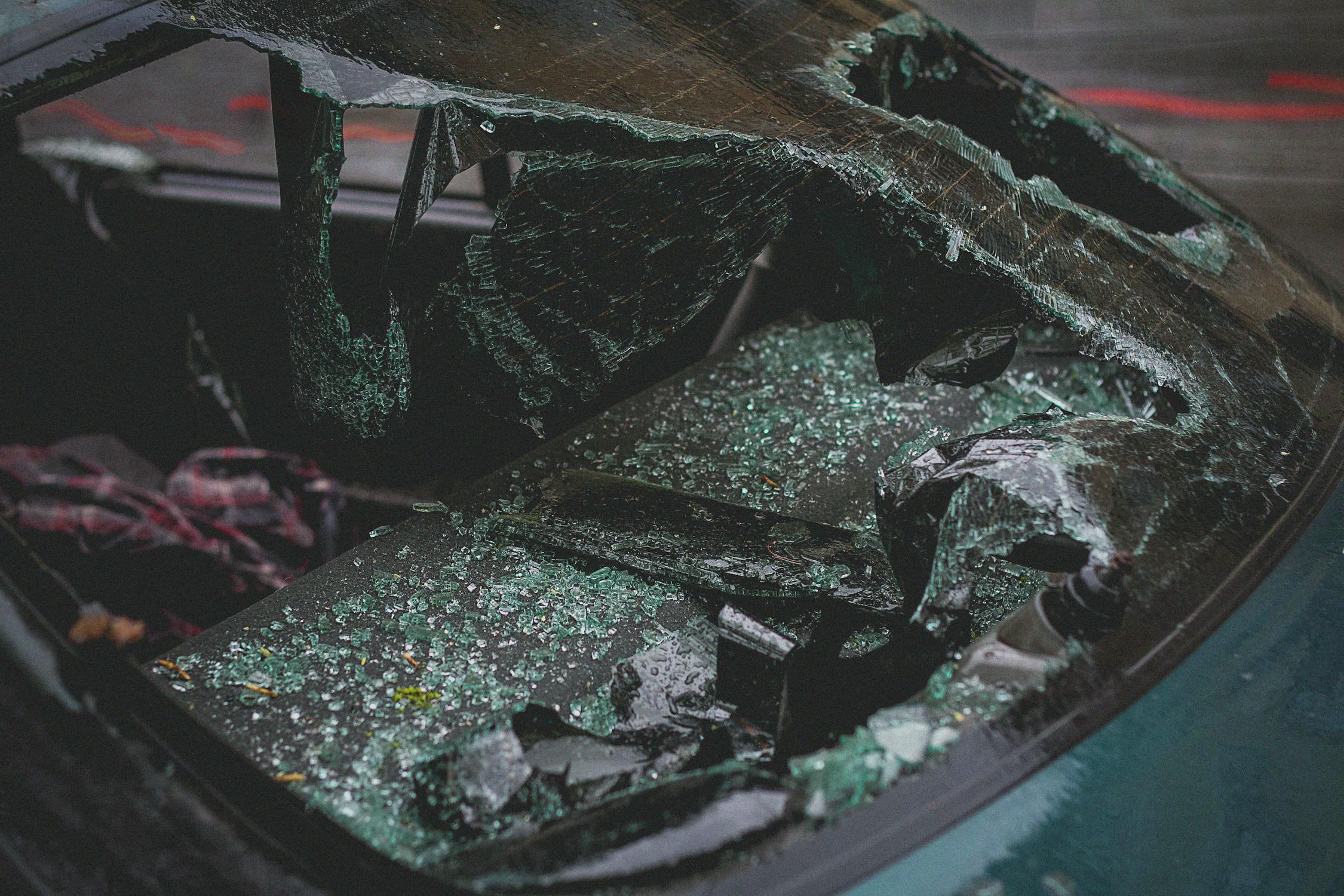Imagine driving on multi-lane highways and seeing two cars collide with each other head-on.
Witnessing an accident is terrifying. But a head-on crash can send a chill down the spine since the force of impact is magnified when two vehicles move toward each other. They accounted for 29.6% of collisions in 2022. Those crashes resulted in 5,800 deaths.
Though rare, these crashes make headlines every month. Earlier this month, two people were killed in a head-on collision on Highway 24, just three miles east of Colorado Springs. Officials believe speed and alcohol were responsible for the crash.
Sadly, there is no foolproof way to avoid head-on collisions. But you can take steps to prevent them. Here are three R’s that can significantly reduce the risk of head-on collisions, ensuring a safer driving experience for everyone.
#1 Drive to the Right
Always drive on the right side of the road—that’s a fundamental rule. But you should observe it even more if you’re on multi-lane roads or roundabouts.
A study shows that multi-lane roundabouts curb severe crashes. Yet the press releases tell otherwise. The City of Rockford’s North Main/Auburn roundabout, for instance, is the scene of persistent traffic crashes. The multi-lane roundabout sees multiple traffic crashes every month.
The overwhelming number of accidents are caused by driver error. They either fail because they do not stay in the correct lane or do not give the right of way when they should.
These accidents can significantly be reduced if drivers adhere to road rules. Sticking to the right lane is advised, but avoid that if you have to take the left or the U-turn.
The City of Lafayette Council suggests yielding to the left slowly. For a dual-lane approach, it advises drivers to stay in the left lane only.
On multi-lane roads, if oncoming vehicles are overtaking, move as far to the right as possible. The risk of collision will be reduced. Even when you’re driving slower than the usual flow of traffic, stay in the right lane. Vehicles that are moving fast will pass safely on the left.
#2 Read the Road Ahead
Watch out for hazards when you’re on the road. Scanning the road will help you anticipate and avoid potential hazards.
Look far ahead. It will help you spot potential problems early, such as slowing traffic or upcoming turns. Glance at the rearview mirror and side mirrors frequently. You will stay aware of vehicles approaching from behind and beside you.
Monitor traffic flow also. Observe the behavior of other drivers for sudden stops, swerves, or erratic movements. That will allow you to anticipate and react appropriately.
In the recent past, a head-on crash took place on Marksheffel Road, Colorado Springs. KKTV reveals that 4 people, including 2 children, were involved in the accident. According to the Colorado State Patrol, 1 car hit a concrete guardrail before colliding with another car head-on. A press release revealed that one person of 75 years of age was pronounced dead.
Now, suppose you are involved in such a situation. If you drive carefully while observing other drivers’ behaviors, you could easily save yourself. But what if you can’t dodge the accident and get injured? What would you do?
Head-on collisions, Springs Law Group remarks, commonly cause head injuries, whiplash, and neck injuries. However, auto accidents don’t just cause physical injuries; their psychological effect is also immense. Together, they can leave a dent in your wallet.
An experienced auto accident attorney in Colorado Springs can help victims recover the damages. Colorado has specific laws related to proving negligence and damages that accident victims can claim. Only an experienced attorney is familiar with those.
Thus, they will be able to help you navigate the legal process, gather necessary evidence, and advocate on your behalf to ensure you receive the compensation you deserve. Rest assured that you won’t have to bear the medical expenses alone. The driver at fault will compensate you for the damages you sustain.
Read More: Suboxone lawsuits
#3 Reduce Your Speed
Adhere to the speed limits whenever you’re behind the wheel. But reduce your speed if you anticipate any potential hazards on the road.
Should you notice erratic drivers, slow down your vehicle to prevent a collision. Driving at slower speeds gives you more time to react. You also enjoy greater control over your vehicle. This reduces the likelihood of collision.
Moreover, navigating curves, turns, and adverse road conditions like rain, snow, or ice becomes easier.
The Global Alliance of NGOs for Road Safety advises drivers to lower speed limits on roads where serious injuries occur from road crashes. Even on roads where safety quality is poor, you should reduce your speed.
Focusing on these three R’s—driving at the right, reading the road, and reducing your speed—can significantly reduce your risk of getting into a head-on collision. Try incorporating them into your daily driving habits, and you will be well-equipped to handle the challenges that may arise.

Alexander Wren, a seasoned author with 8 years of expertise, excels in document assistance. His domain “docs help ful” showcases a legacy of user-friendly content, blending creativity and precision to simplify complexity.








